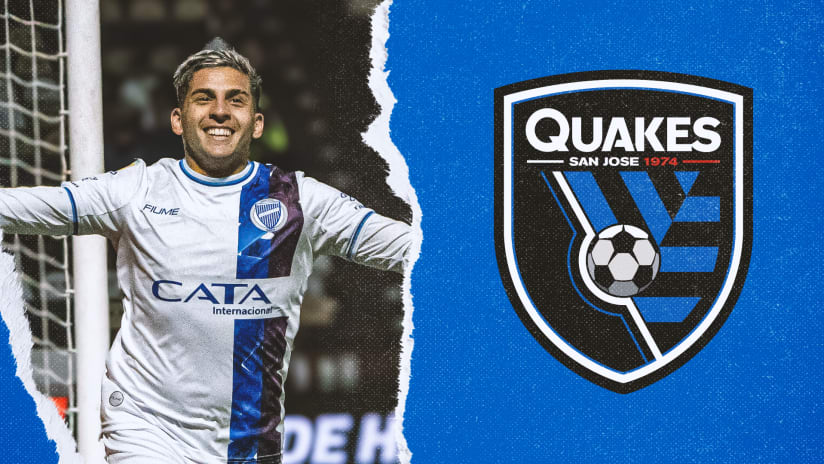Leg pain can be either injury related or overuse related. Leg injury in soccer players usually involves contusion from a direct blow or a muscle strain from a stretch type injury. Treatment is rest, ice, and anti-inflammatory medicine. Overuse leg pain is more common and complex and is the focus of this review.
Overuse leg pain, often called exertional leg pain, has many causes. The top three are stress fractures, shin splints, and chronic exertional compartment syndrome (CECS). All result in leg pain worsened with activity. All have a gradual onset. All improve with decreased training and rest. Despite these similarities, they have many differences which help with the diagnosis of each condition.
Stress fractures cause pain actually within the involved bone, usually the tibia. At first, the pain is worst during activity and may be absent when not training. As the problem worsens, the localized pain is present with all activity and often even at rest. The player is tender over the location of the stress fracture and may even be a little swollen. The diagnosis is confirmed with an x-ray or sometimes an MRI. Treatment is rest with or without immobilization.
Shin splints are a localized pain at the lower 1/3 of the inside of the shin or tibia. Pain is worse with activity and at first absent outside of training. Pain may be present after training as the condition worsens. Often the pain is worst at the beginning of training, improves during the middle of training, and then worsens toward the end. X-rays are usually normal, but are needed to exclude concerns about stress fracture. Treatment is rest, ice, and orthotics are often helpful.
Chronic exertional compartment syndrome (CECS) is an increasingly recognized cause of leg pain in soccer players. This condition involves a cramping pain that develops at a reproducible time during training and is relieved by a short period (several minutes) of rest only to recur when the player resumes training. There is no pain at all outside of training. There are no examination findings and x-ray and MRI are normal. Diagnosis can be confirmed by measuring the muscle pressures during activity. Treatment is surgical release of the constricting tissue and recovery is complete.
In conclusion, activity related leg pain in soccer players is frequent. Injury related causes resolve quickly and overuse causes are more complicated. Symptom differences help with diagnosis and treatment varies depending.










